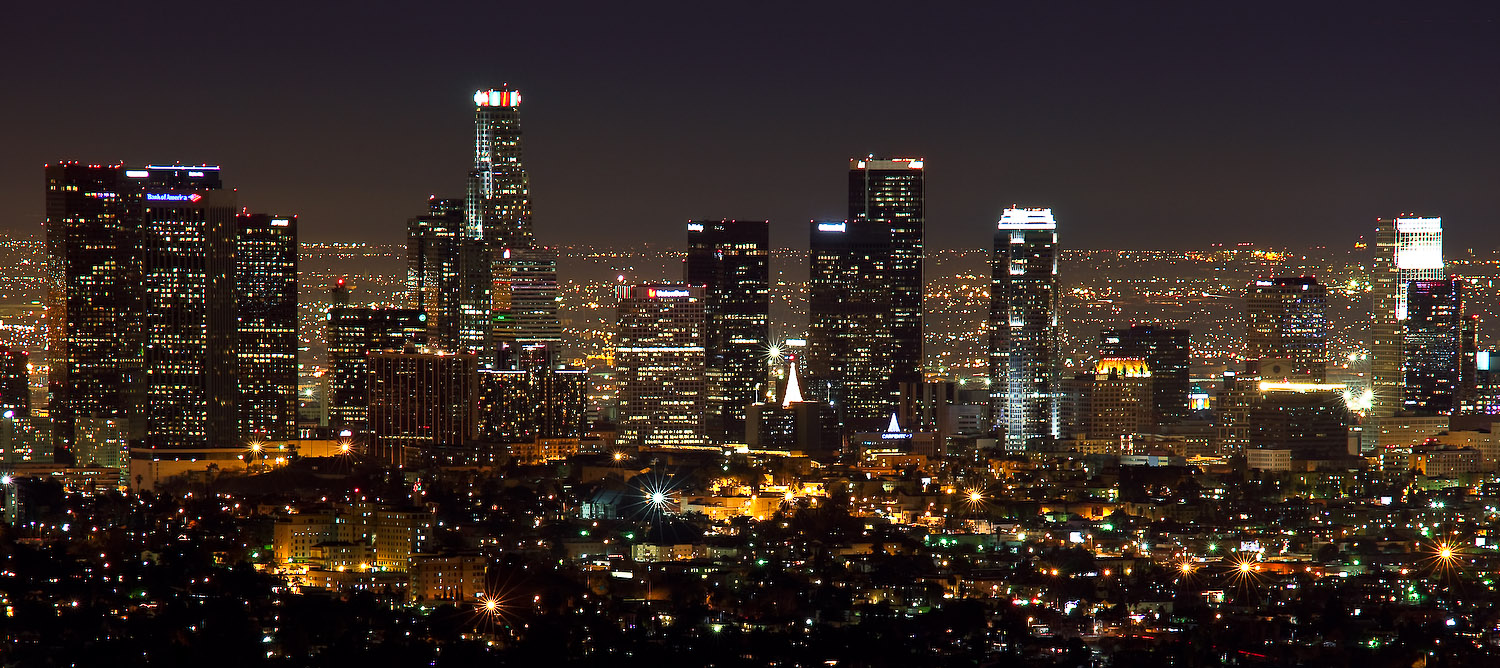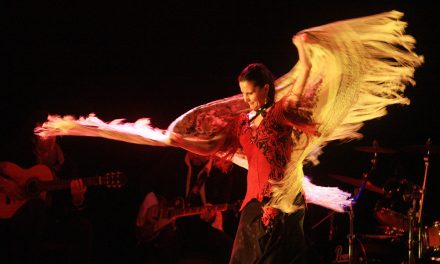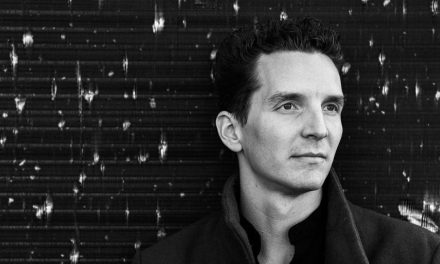Martha Graham saw her first performance by Ruth St. Denis at the Mason Opera House in Los Angeles. Lester Horton, the American dancer, choreographer and teacher lived and worked in Los Angeles from 1929 until his death in 1953. A few of the dancers who performed in his company, the Lester Horton Dancers, were Alvin Ailey, Bella Lewitzky, Carmen de Lavallade, James Mitchell, Joyce Trisler, James Truitte and more. Bella Lewitzky founded the Bella Lewitzky Dance Company in 1966. Her company went on to become known nationally and internationally before closing its doors in 1997. Ms. Lewitzky was also known as an educator and an arts activist; standing up to the House Un-American Activities Committee and to the National Endowment of the Arts by refusing to sign their anti-obscenity clause. All this is just a small snippet of what has taken place in Los Angeles’ dance scene.
 In 1978 I moved to Los Angeles after performing with the Merce Cunningham Dance Company and the Viola Farber Dance Company. Unlike what I had heard, LA was alive with dance. There were several professional dance studios, wonderful small venues like The House and the Pilot Theater where one could attend concerts almost every weekend. There was Lynn Dally and Dancers, the Rudy Perez Dance Company Dance Momentum, Dancers In Motion, the L. A. Ballet run by John Clifford, Aman Folk Ensemble, Eyes Wide Open, LuLu Washington Dance Theatre and yes, Jeff Slayton & Dancers. Betty Empey formed the Los Angeles Area Dance Alliance that, among other services, produced the annual Dance Kaleidoscope series at the John Anson Ford Amphitheater. What about Los Angeles dance in 2015? Rudy Perez still has his company and Lynn Dally only recently folded the world-renown Jazz Tap Ensemble and produced a film titled GOTTA MOVE: Women In Tap (2010). There are over a hundred dance companies in the LA area, but many of the same problems that plagued Los Angeles Dance back in the 1930s, 1940s and onward, are still prevalent today. The dance community has yet to find the key to promoting itself or to convincing the rest of the world that Los Angeles dance is as good as dance anywhere! For years I have listened to people on the east coast and elsewhere say that dance is not taken seriously in LA.
In 1978 I moved to Los Angeles after performing with the Merce Cunningham Dance Company and the Viola Farber Dance Company. Unlike what I had heard, LA was alive with dance. There were several professional dance studios, wonderful small venues like The House and the Pilot Theater where one could attend concerts almost every weekend. There was Lynn Dally and Dancers, the Rudy Perez Dance Company Dance Momentum, Dancers In Motion, the L. A. Ballet run by John Clifford, Aman Folk Ensemble, Eyes Wide Open, LuLu Washington Dance Theatre and yes, Jeff Slayton & Dancers. Betty Empey formed the Los Angeles Area Dance Alliance that, among other services, produced the annual Dance Kaleidoscope series at the John Anson Ford Amphitheater. What about Los Angeles dance in 2015? Rudy Perez still has his company and Lynn Dally only recently folded the world-renown Jazz Tap Ensemble and produced a film titled GOTTA MOVE: Women In Tap (2010). There are over a hundred dance companies in the LA area, but many of the same problems that plagued Los Angeles Dance back in the 1930s, 1940s and onward, are still prevalent today. The dance community has yet to find the key to promoting itself or to convincing the rest of the world that Los Angeles dance is as good as dance anywhere! For years I have listened to people on the east coast and elsewhere say that dance is not taken seriously in LA.

Therefore I decided to write an article and to title it Making Dance Work In Los Angeles. For me, the title has two meanings; the process of creating dance works in LA and how to promote them successfully. I interviewed 12 dance artists; most of them choreographers and artistic directors of their company. I was interested to know what financial support systems they drew from, what audience support was like for them in LA, what it took to find a venue to perform in, could they pay their dancers, why they decided to form a company and what were their future plans. I would like to thank the following artists for sharing their experience, time, insights, frustrations and their hopes and dreams for dance in Los Angeles: Ana Maria Alvarez, Lillian Barbeito, Deborah Brockus, Jamie Carbetta, Heidi Duckler, Rosanna Gamson, Laura Karlin, John Pennington, Laurie Sefton, Christine Suarez, Harry Weston and Stephanie Zaletel.
 Hopefully, with their help and through this and other articles, we as a community can gain a better understanding of why the rest of the world doesn’t know more about the amazing work that is being created in this town and what we can do to turn that perception around to our advantage. Is it possible to make Los Angeles a major hub for dance? Some of the artists interviewed for this article think that it is.
Hopefully, with their help and through this and other articles, we as a community can gain a better understanding of why the rest of the world doesn’t know more about the amazing work that is being created in this town and what we can do to turn that perception around to our advantage. Is it possible to make Los Angeles a major hub for dance? Some of the artists interviewed for this article think that it is.

Part 1 of Jeff Slayton’s article Making Dance Work In LA will follow soon.
Photo Credits: Ana Maria Alvarez, Tyrone Domingo; Lillian Barbeito, Tomasz Rossa; Deborah Brockus, Sallie DeEtte Mackie; Jamie Carbetta, Tracy Kumono; Heidi Duckler, Gregory Bartning; Rosanna Gamson, Sallie DeEtta Mackie; Laura Karlin, Joe Lambie; John Pennington; Christine Saurez, Tom Cox; Laurie Sefton, Laura Williamson; Jackie Lopez & Leigh Foaad, George Simian; Stephanie Zaletel, Rafael Hernandez.
Click here to go directly to Part I of Making Dance Work In LA.







